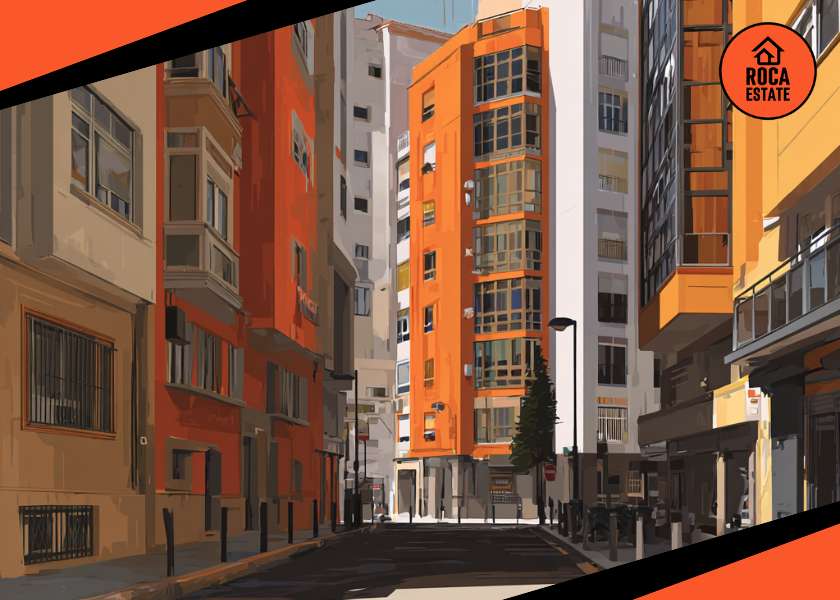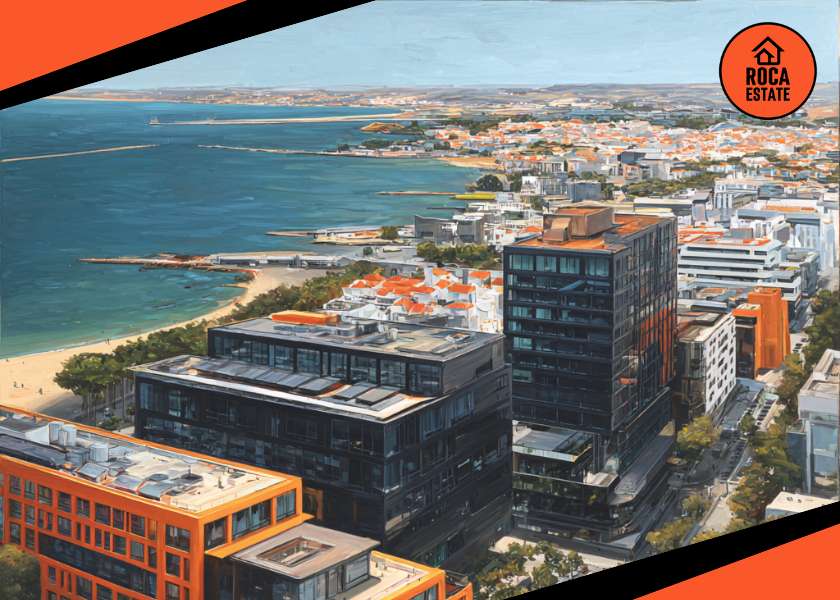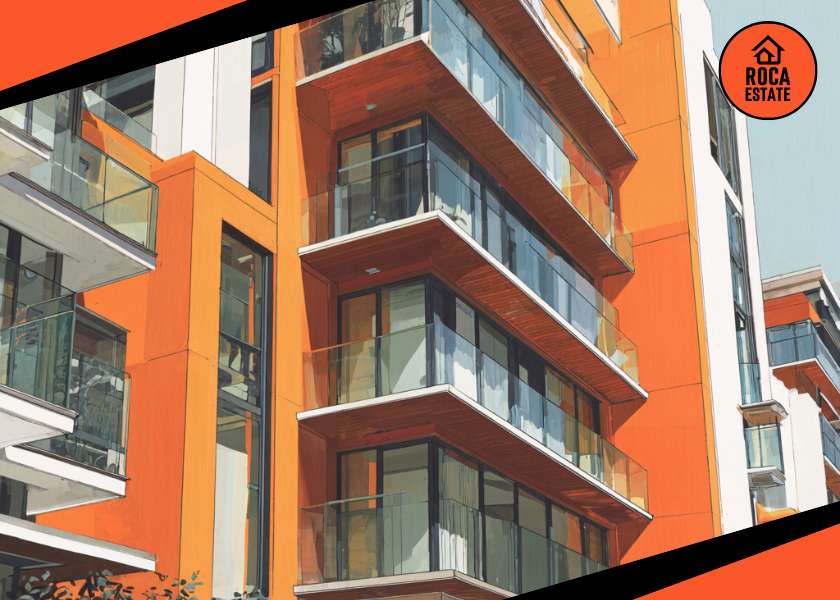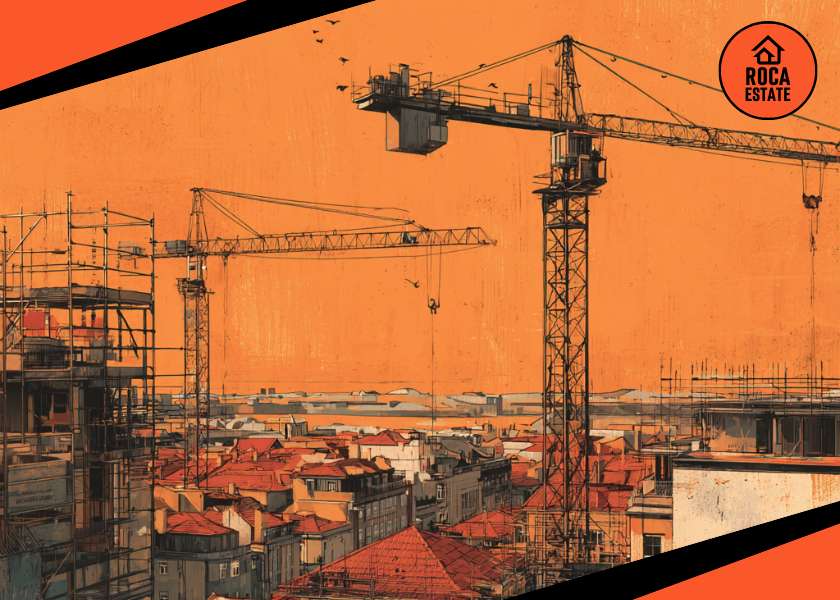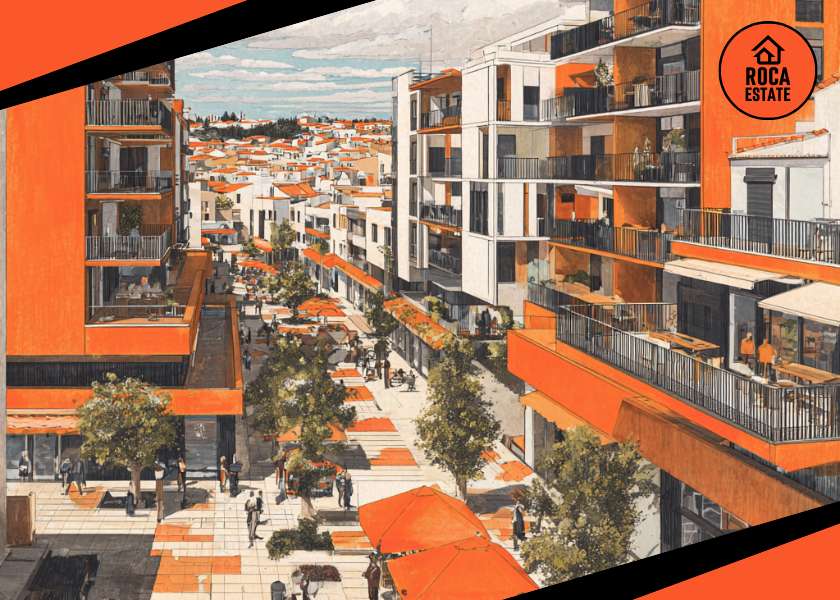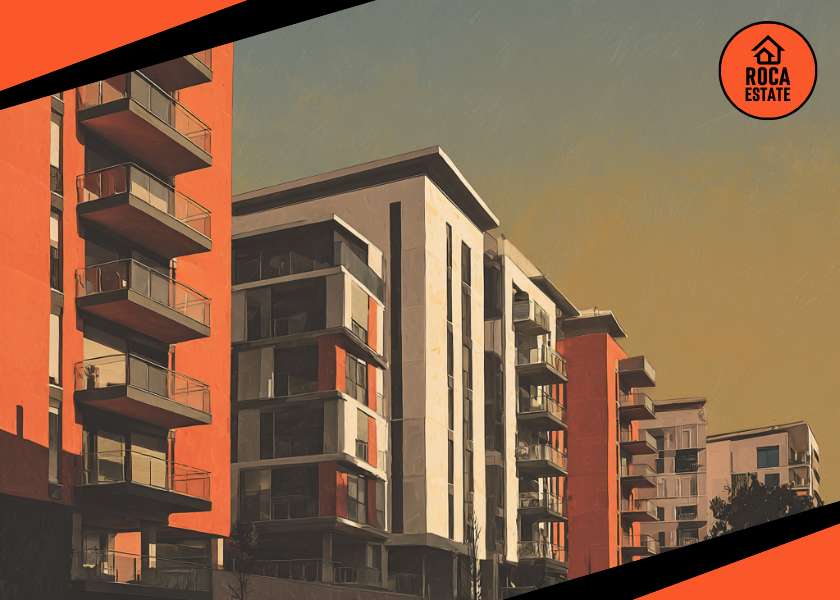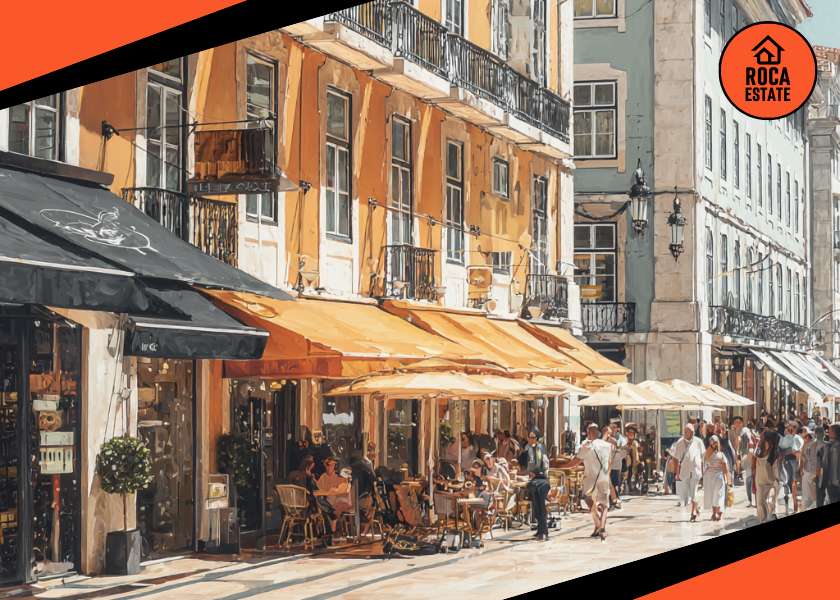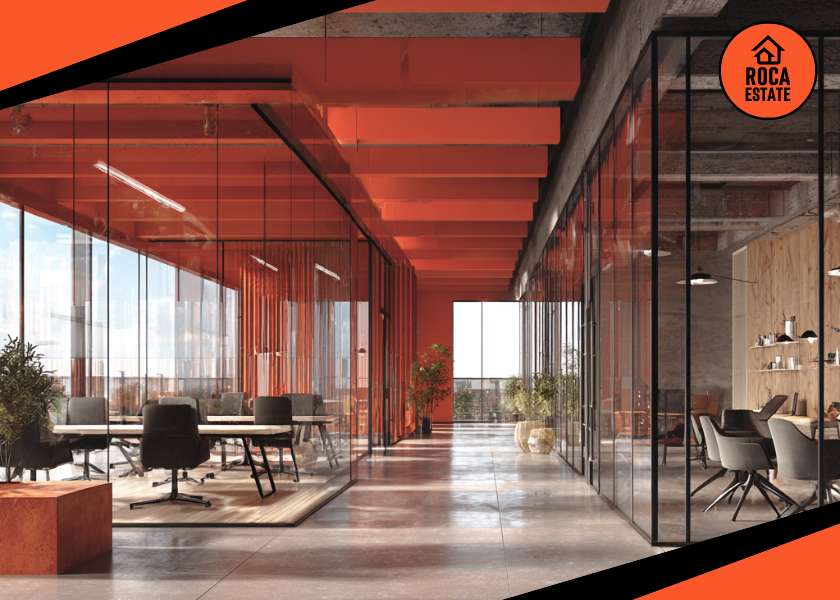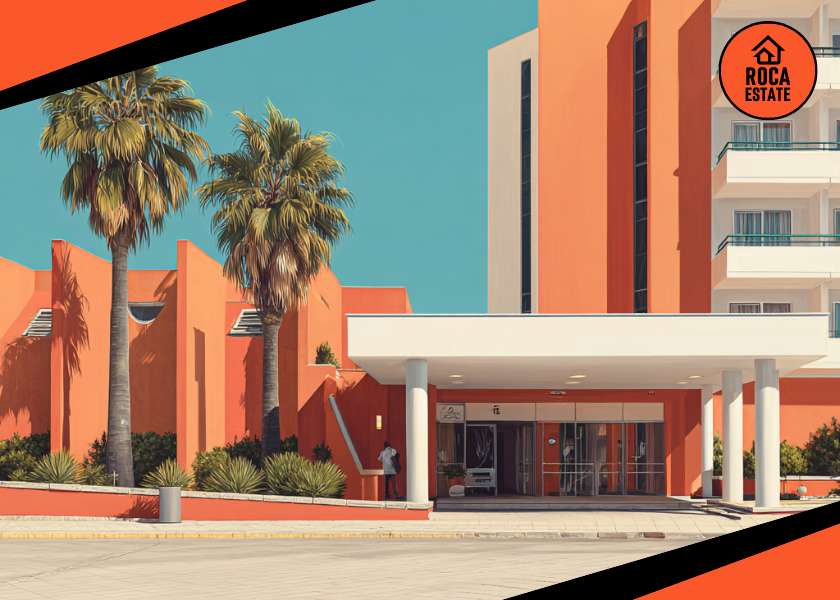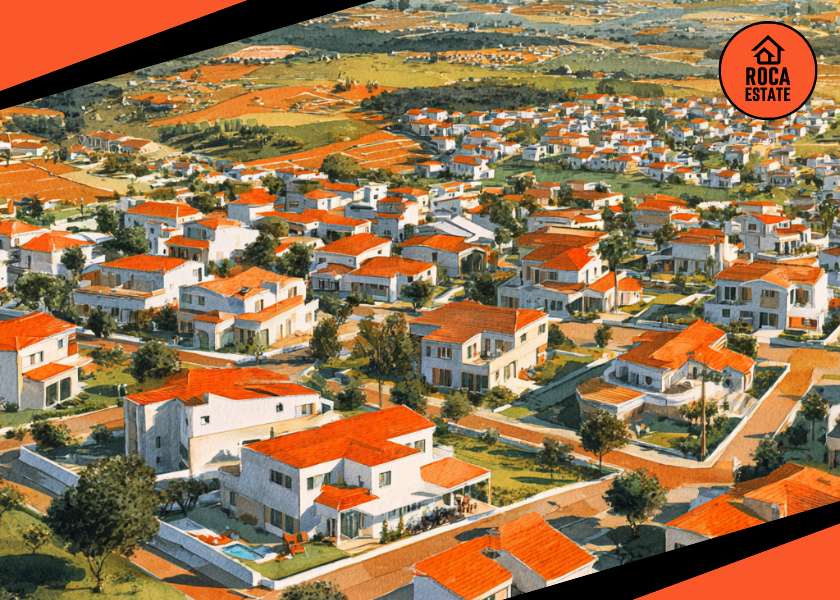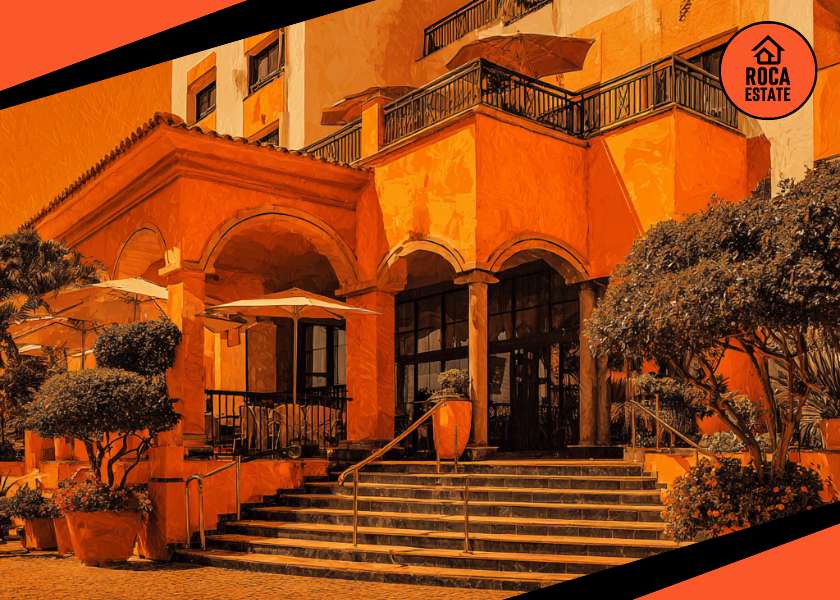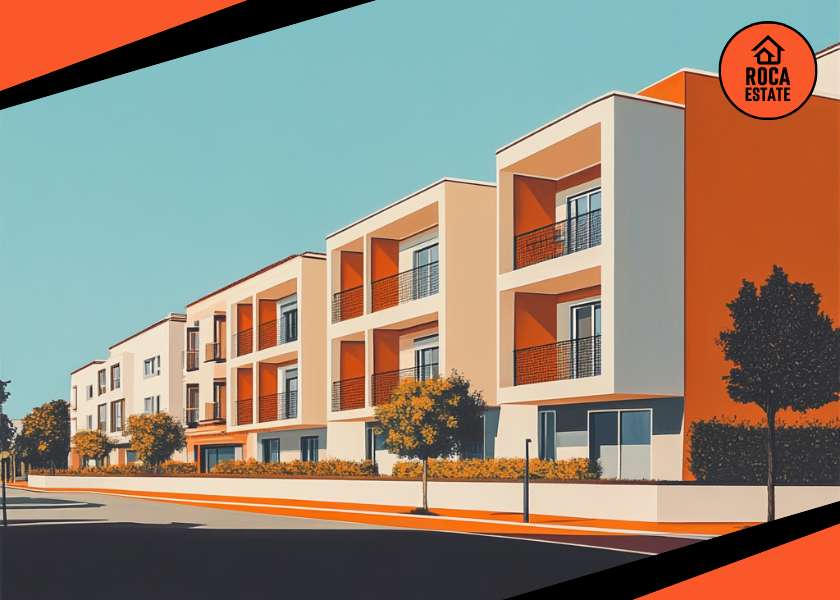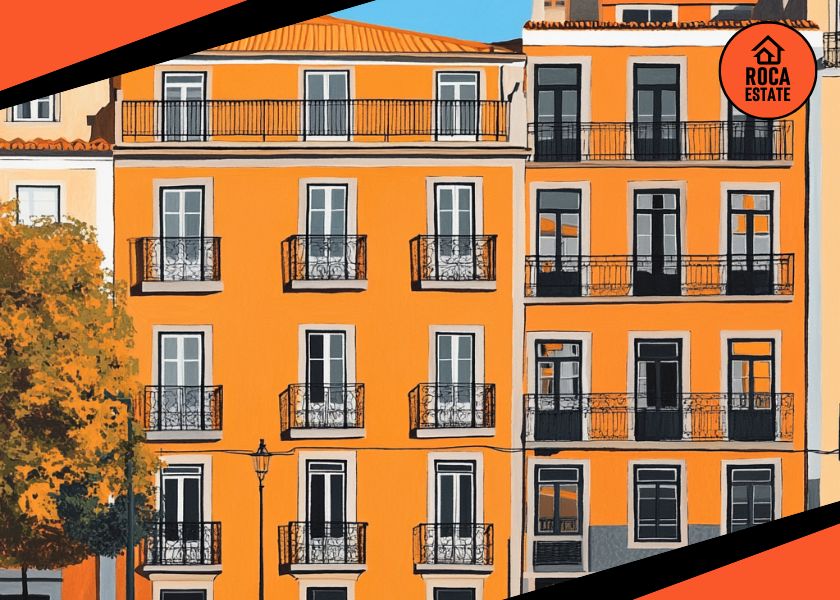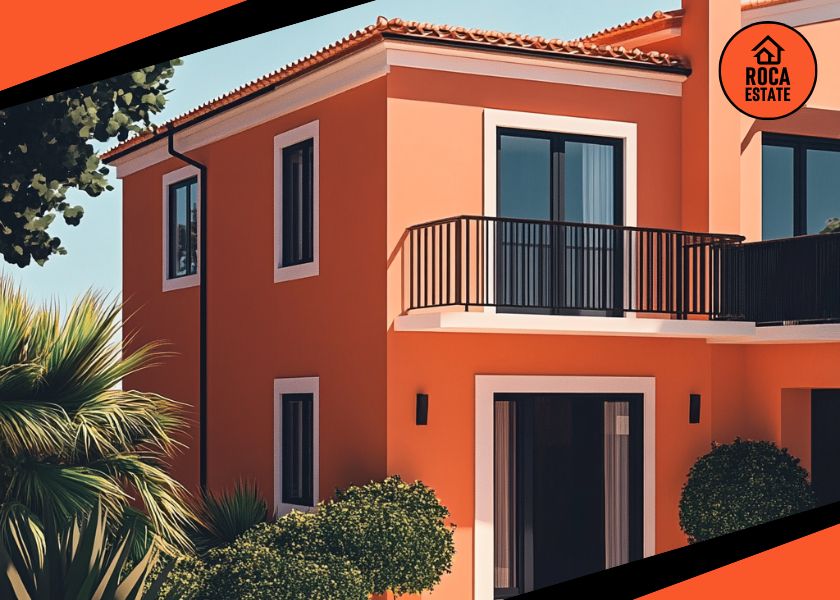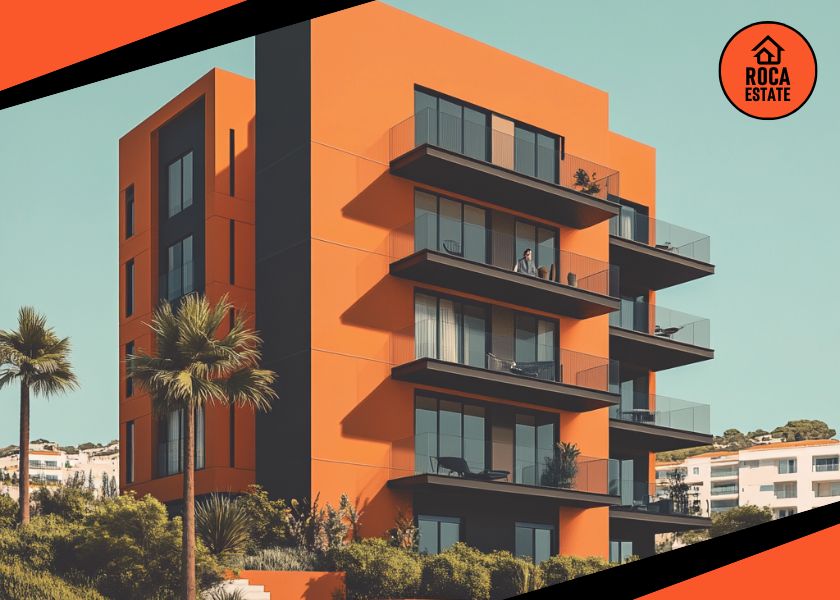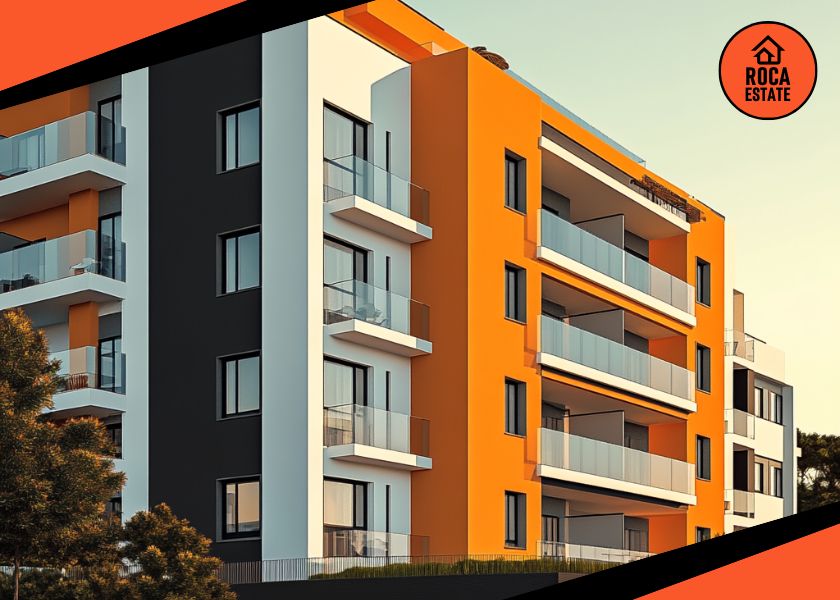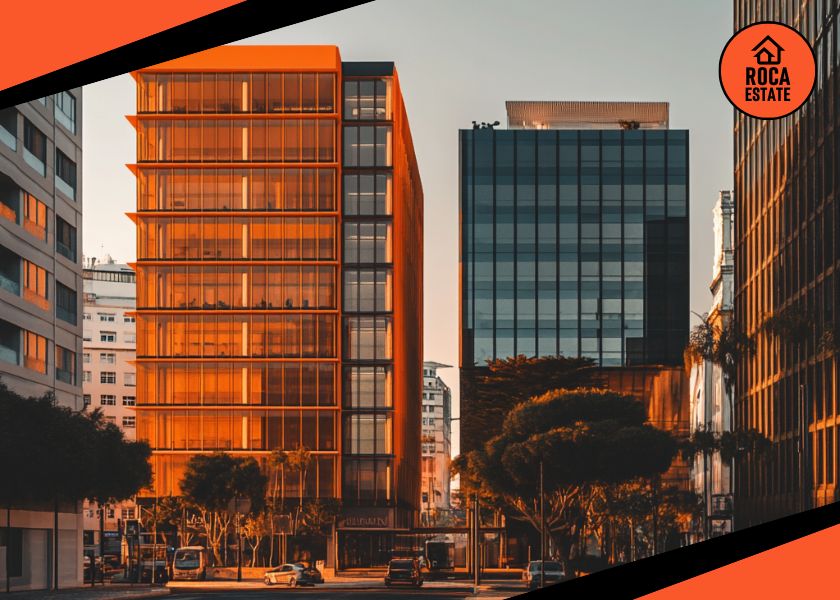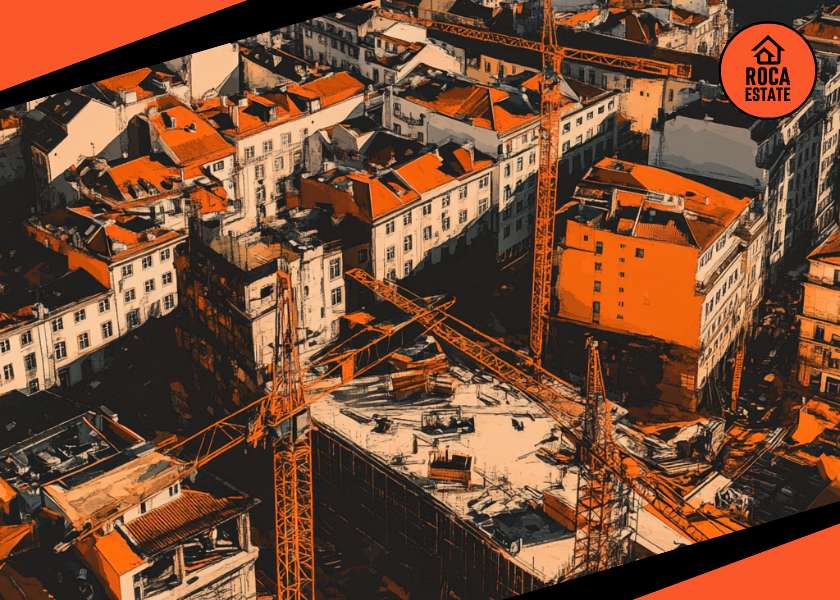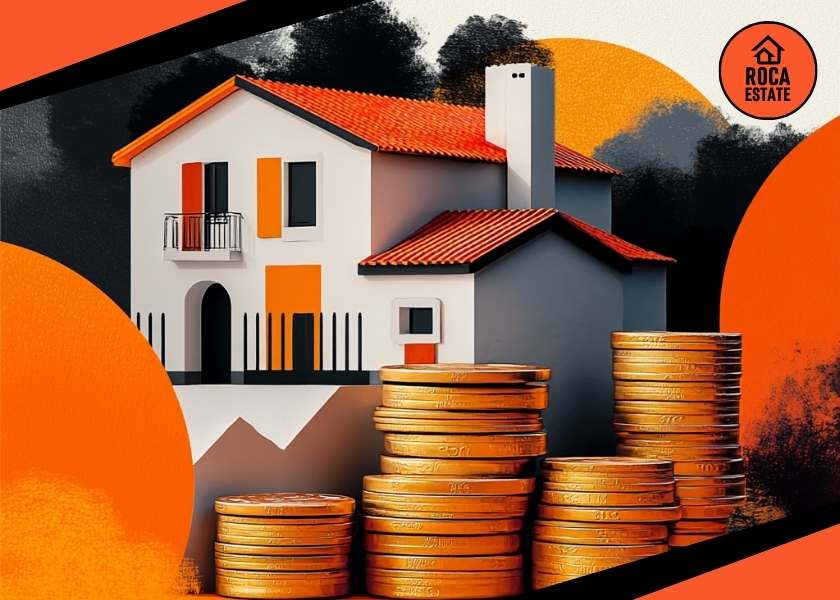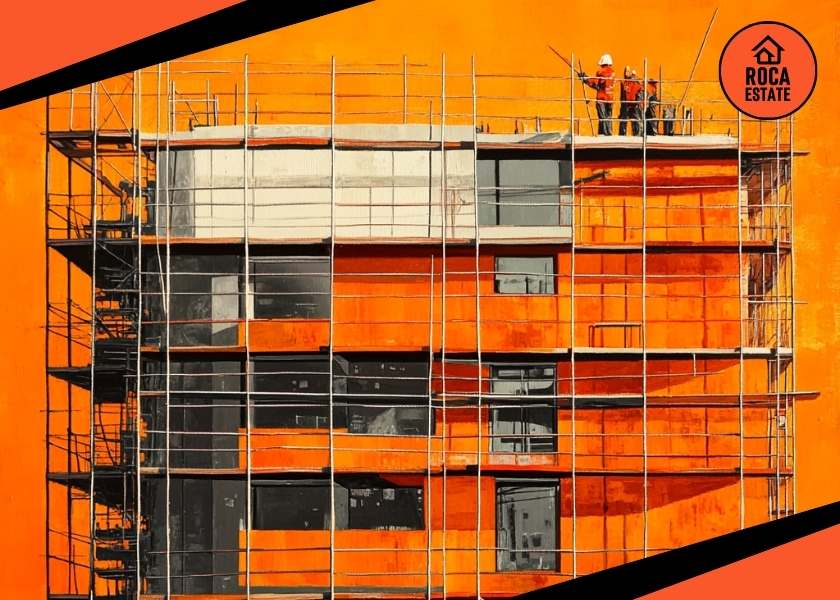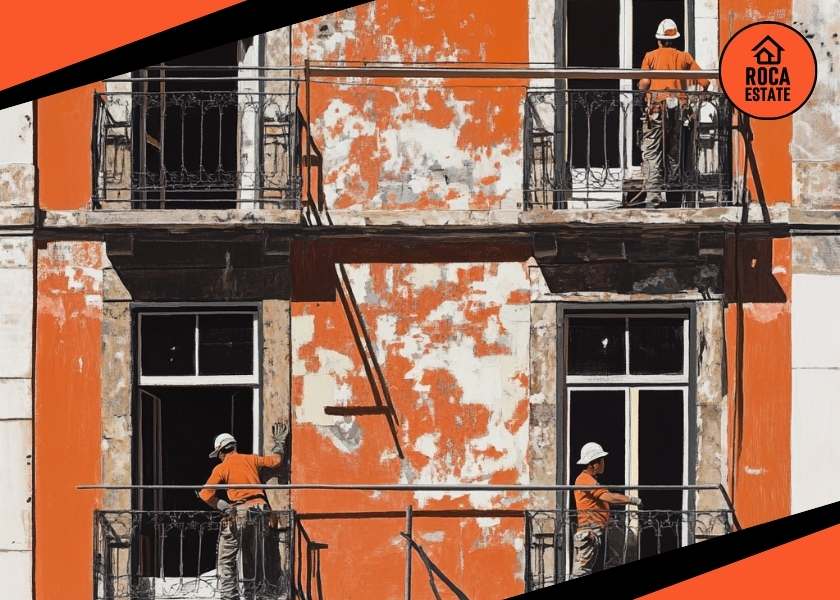The Portuguese commercial real estate (CRE) market posted a 4.7% increase in property prices in 2024, according to the latest Índice de Preços das Propriedades Comerciais (IPPCom). While this marks a deceleration from the 5.5% rise recorded in 2023, the current performance reflects a shift toward a more sustainable growth trajectory following years of above-trend expansion.
For institutional and private investors alike, the evolving profile of the CRE sector – tempered growth, declining volatility, and changing institutional participation – suggests a need to recalibrate strategies rather than retreat from the market.
Market Overview: Moderation in Context
In 2024, CRE price growth fell 0.8 percentage points from the previous year. This cooling mirrors a broader moderation across European commercial markets as inflation, monetary tightening, and geopolitical tensions temper economic activity. Despite these headwinds, Portugal’s CRE market remains resilient.
The IPPCom, which uses hedonic modeling to adjust for quality differences in properties sold, shows a robust medium-term trajectory:
| Year | CRE Price Index (IPPCom) | Annual Growth (%) | Housing Price Index (IPHab) | Annual Growth (%) |
| 2022 | 128.40 | 4.2% | 190.17 | 12.6% |
| 2023 | 135.47 | 5.5% | 205.76 | 8.2% |
| 2024 | 141.89 | 4.7% | 224.44 | 9.1% |
Over the past decade, CRE price appreciation has consistently lagged residential properties, but the gap widened notably in 2024. Residential assets saw prices rise nearly twice as fast as commercial ones, expanding the relative value proposition for commercial investments.
Institutional Investment Trends: Signals from Strategic Buyers
In 2024, non-family institutional entities – including corporations, government agencies, and non-profits – accounted for 21,785 residential acquisitions, representing 13.9% of all transactions. While this share dipped slightly from the previous year, the absolute number of purchases rose by 10.3%, indicating ongoing confidence in Portuguese real estate.
Crucially, the total value of these transactions grew to €5.1 billion – up 13.1% year-over-year. Meanwhile, family-based purchases surged 22.3% in value, reflecting stronger price momentum in the residential sector.
| Segment | Volume (2024) | YoY Change | Value (€ Billion) | YoY Change |
| Families | 134,540 | +15.2% | 28.7 | +22.3% |
| Institutions | 21,785 | +10.3% | 5.1 | +13.1% |
This divergence hints at a strategic rebalancing. Institutional investors appear to be leveraging CRE’s relative stability while maintaining a foothold in residential segments likely for long-term positioning or mixed-use development synergies.
Key Investment Insights
1. Lower Volatility, Higher Stability
CRE’s slower price growth suggests reduced sensitivity to short-term market fluctuations. This makes commercial assets particularly attractive in late-cycle environments, where preservation of capital and stable yields take precedence over rapid appreciation.
2. Institutional Confidence as a Benchmark
The increase in institutional acquisitions, despite a marginal share decline, reinforces market confidence. These actors tend to employ long-term underwriting models, suggesting that despite slower growth, commercial assets in Portugal still meet internal rate of return (IRR) thresholds.
3. Hedonic Adjustments: True Price Signaling
Because the IPPCom adjusts for property characteristics, its reported figures are not distorted by transaction quality variance. Investors should consider this a more precise barometer of underlying market trends than raw price-per-square-meter figures often used in market commentary.
4. Sectoral Considerations
While the report aggregates CRE into a single index, recent market behavior indicates segmented performance. Logistics and last-mile distribution centers continue to outperform retail and traditional office spaces. Investors should press for asset-level granularity in due diligence to assess real risk-return profiles.
5. Geographic Dynamics
Urban centers like Lisbon and Porto remain focal points. However, affordability constraints and infrastructure investments are gradually shifting attention to mid-sized cities such as Braga and Évora. These secondary markets may offer yield compression opportunities without sacrificing liquidity.
Strategic Outlook: Navigating the 2025 Investment Landscape
Looking ahead, several macro and market-specific variables will shape CRE performance in Portugal:
- Interest Rate Sensitivity: Any changes in ECB policy will directly affect cap rates and debt-servicing costs, especially in leveraged acquisitions.
- Zoning and Taxation Policies: Investors should monitor potential reforms in property taxation and commercial zoning, particularly those aimed at urban densification or sustainability.
- Tourism and Remote Work: These forces are reshaping demand across hotel, retail, and office subsegments. Investors should focus on assets adaptable to hybrid uses.
Conclusion: Reassess, Realign, Reinvest
Portugal’s commercial property market in 2024 reflects a pivot from exuberance to prudence. The moderation in growth is not a warning sign – it is a recalibration. Smart capital will read the signals not as a slowdown, but as an opportunity to secure positions in resilient assets before the next upward cycle.
Investors focused on long-term fundamentals should prioritize real estate investments in Portugal that balance capital preservation with yield, factoring in shifts in institutional behavior, sector resilience, and price normalization.
For those prepared to refine their strategy and strengthen their analytical lens, Portugal continues to offer one of Europe’s most compelling commercial real estate environments.

